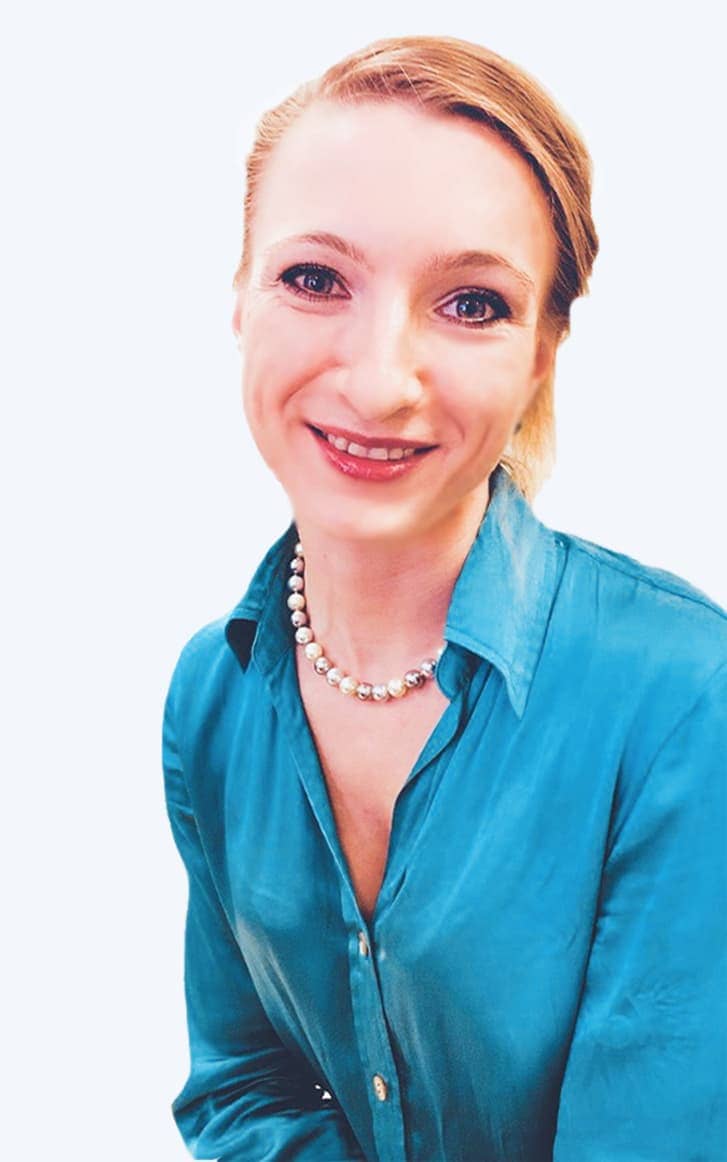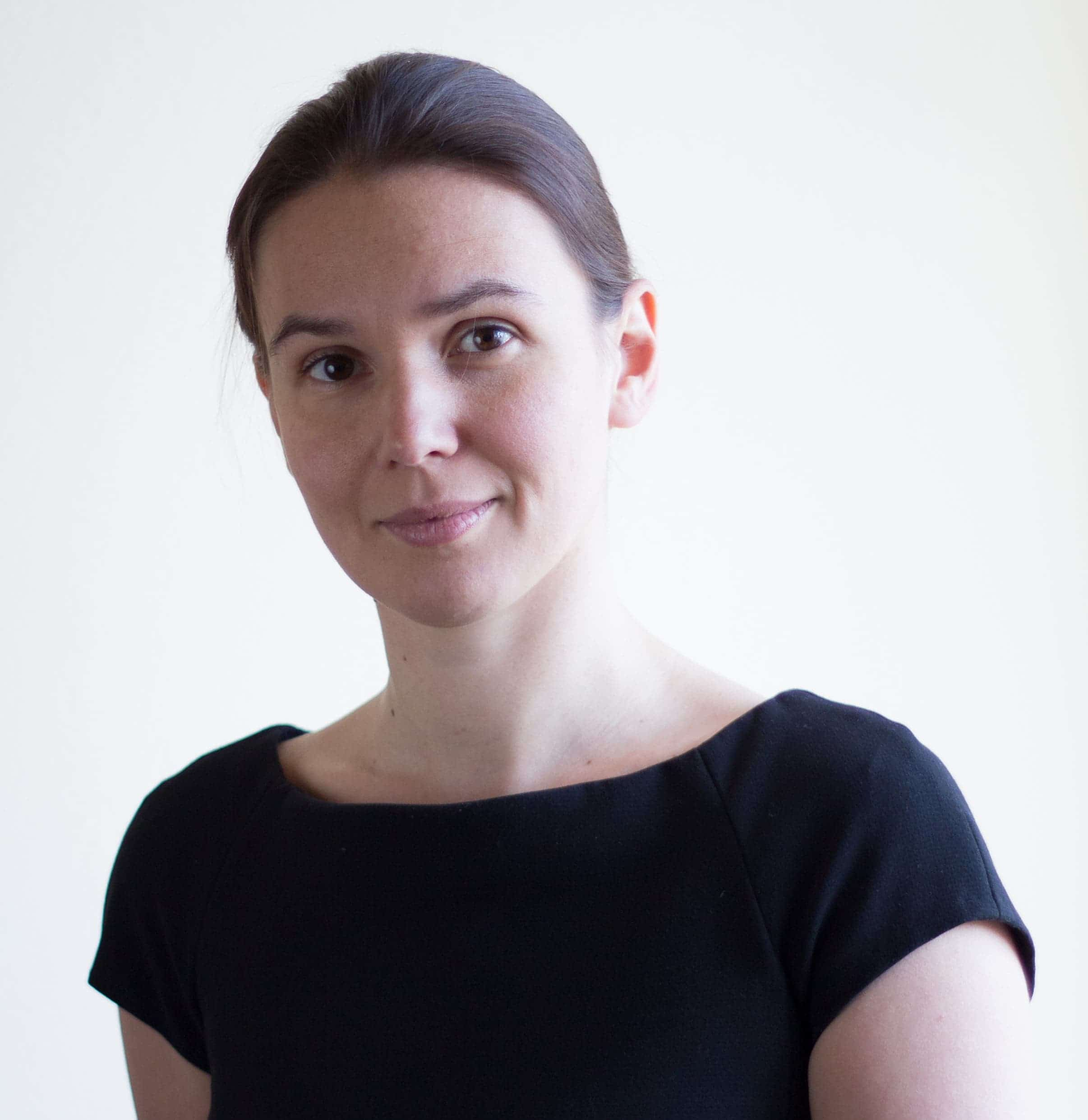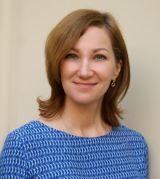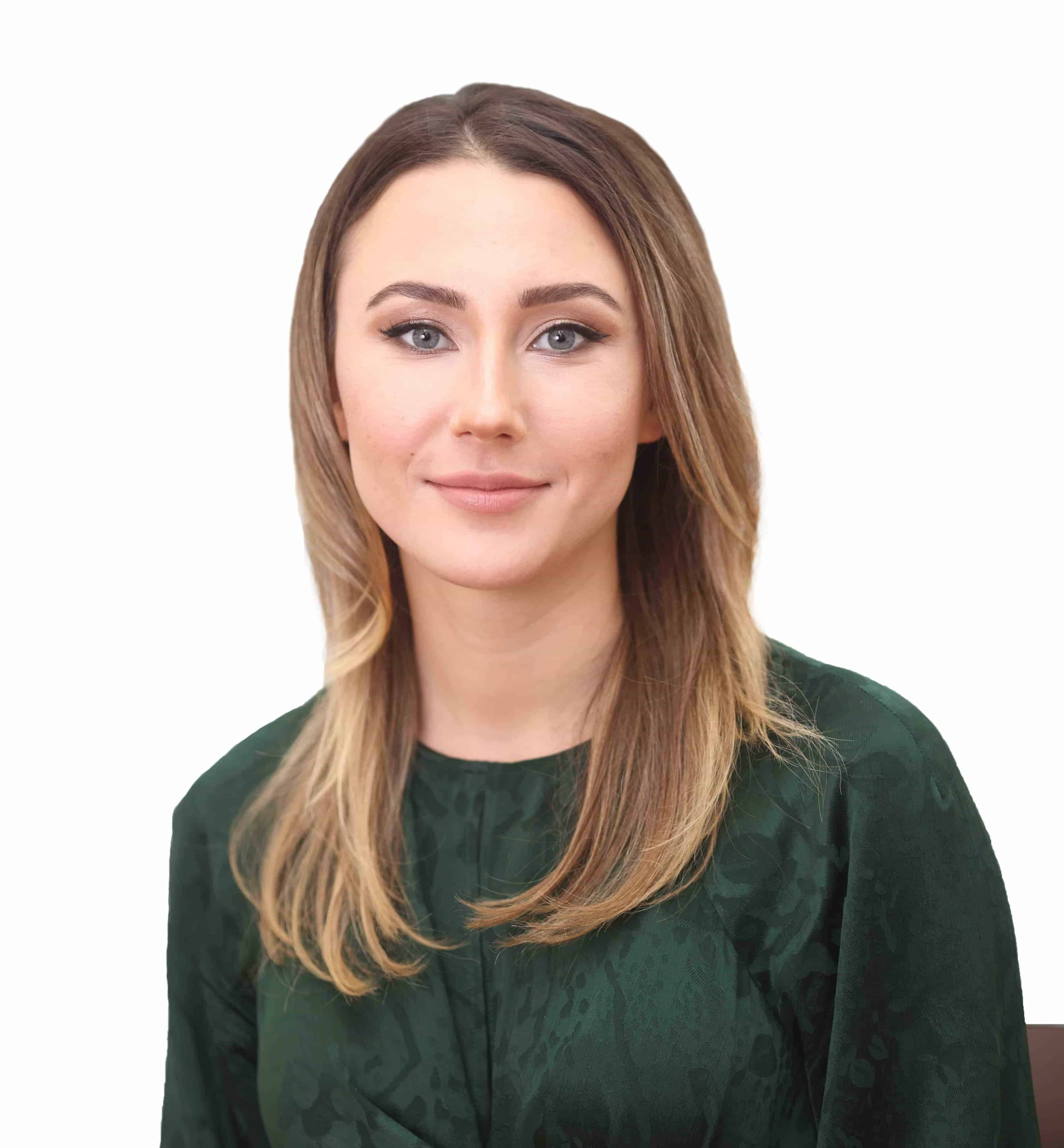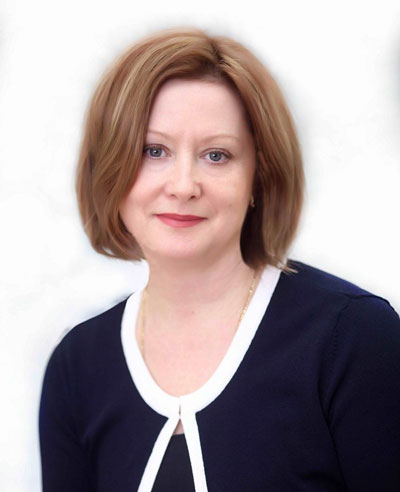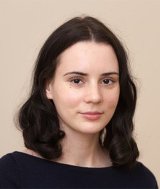Marina Bardyshevsky
This paper concerns the second year of a little boy with autistic features who had been exposed to the emotional deprivation of life in an orphanage. His development was followed by means both of ethological observation and of infant observation as developed by Esther Bick (Bick 1964). His autistic features were displaced as he became able to form attachments to adults, and, in the context of these, to overcome the pain he previously experienced in situations of close emotional contact.
The theoretical context of the research
The present work concerns the problem of the early dynamics of abnormal (‘distorted’) emotional development. Russian psychologists (Vygotsky 1936; Lebedinsky 1985) consider the specific trajectory of such development to be determined by the following factors:
- the partial or general regulatory quality of the defect
- the time at which the defect originated
- the nature of links between primary and secondary, specific and non-specific symptoms: the main direction in which disturbance is propagated (e.g., from basic functions to higher functions, or vice versa)the way in which links between functions are disturbed (e.g., by isolation, fixation, or impairment of hierarchical coordinations).
In the present analysis of a single case, I try to keep to the same principles, although the analysis is carried out in terms of behaviours and corresponding emotional states, not in terms of psychic functions. In addition to the tradition of Russian psychology, I draw on psychoanalytical concepts in order to attempt to understand mechanisms of emotional development. Such understanding has therapeutic implications, as I shall try to show.
It is well-known from the clinical and psychological literature that the development of autistic features is linked to peculiarities in the development of attachment, often of a pathological nature (Lebedinsky 1996; Lord 1996). Important inverse links exist between autistic behaviour and attachment behaviour (Tinbergen and Tinbergen, 1983). This is especially the case in early childhood. When certain age-specific patterns of attachment are elicited, they are naturally strengthened through being integrated into the system of hierarchically linked’ behaviour patterns. This supplants or pushes into the background isolated autistic patterns. From a therapeutic point of view, it is important to establish which new patterns of attachment appear in relation to an adult in a therapeutic role, and which autistic features are correspondingly weakened.
The research background to the observation: orphanage children with autistic features
Serioja, the boy whose development I will discuss, is one of many children whom I observe at a special orphanage for children with neurological disorders. , All the children there suffer emotional deprivation of at least two kinds during their first two years. Firstly, they experience an initial period of isolation in a quarantine unit. Besides, they go through several separations: from their mothers at birth; later, when they are transferred to new groups with new ‘multiple’ carers, about once every year; and when they need to be hospitalised (up to several times during their first year and more rarely later).
The quality of care at the orphanage is in itself acceptable. The neurological condition of the babies varies from mild to very severe (such babies suffer from total and deep mental retardation). Our observations concern children with mild neurological disorders.
The hierarchical links between psychological functions and within any given psychological function are highly complex and flexible. Within any function, different levels exist:some of these are dominant, and play a regulatory part, creating the meaning of behaviour and the motive for it.
Other levels constitute the ‘background’: they furnish the technical characteristics of behaviour (its power, exactness, etc.). If disturbance occurs on one level of a psychological function, the shared work of different levels is reorganised, and the function itself is safeguarded (Bernstein 1947).The main condition for the successful compensation of a disturbed function is the safeguarding of a regulatory level within that function. For example, as regards the development of attachment behaviour, the regulatory level creates the motive for seeking proximity to an adult in order to achieve a sense of inner security (Bowlby). The technical levels provide a variety of ways of doing this (through eye contact, vocal communication, tactile contact). So the rupture or insufficiency of some of these patterns can be compensated if safe (or safer) alternative patterns can be found and, most importantly, if motivation can be discovered for seeking proximity with an adult.
As a pule, the children have a poor heredity, including severe psychic disorders in their parents. Thus they must confront extremely unfavourable biological and psychosocial conditions. It would be reasonable to expect to see a variety of abnormal pathways of emotional development, including autistic features.
next – ethological method





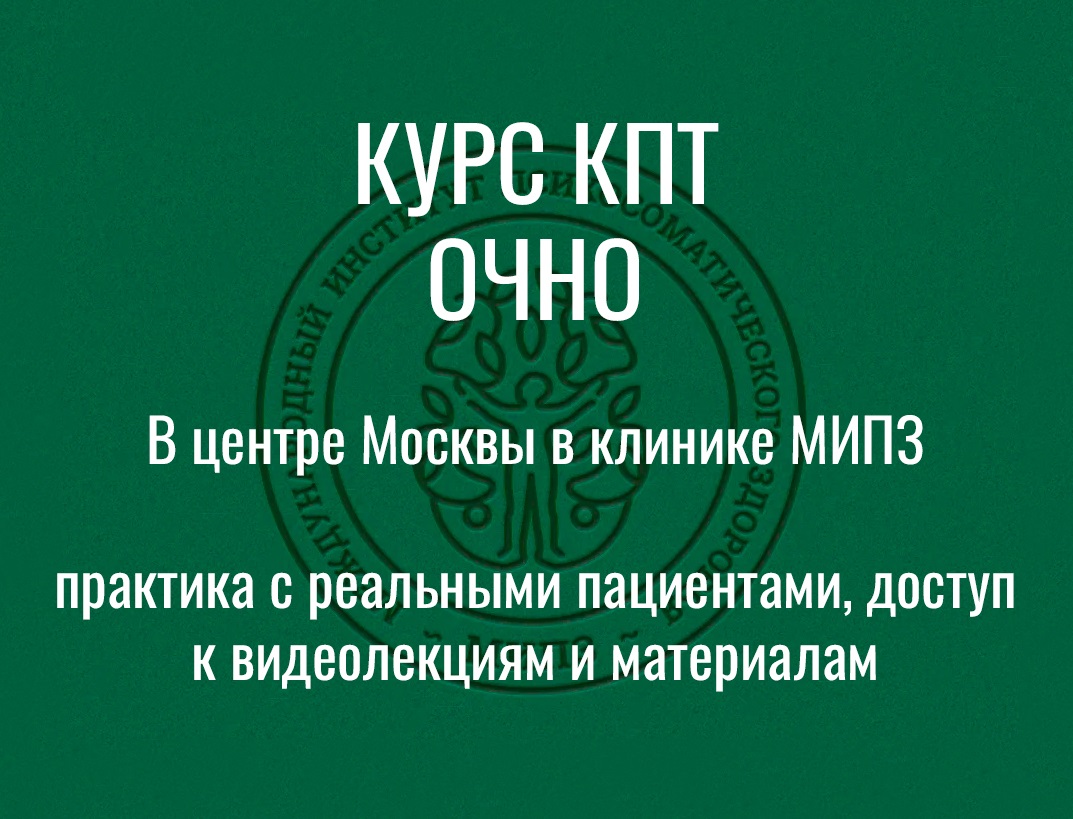

.jpg)
.jpg)
.jpg)

